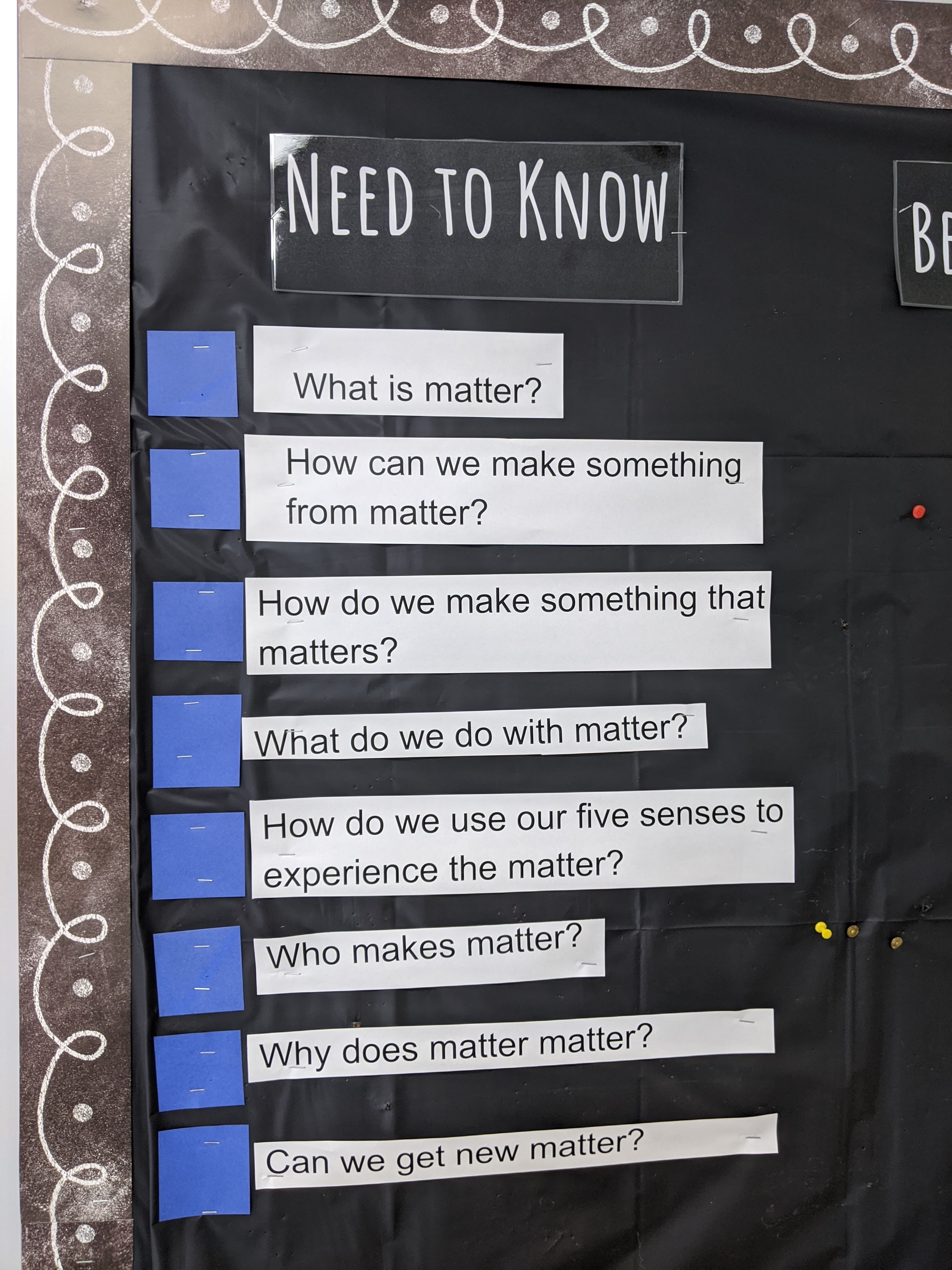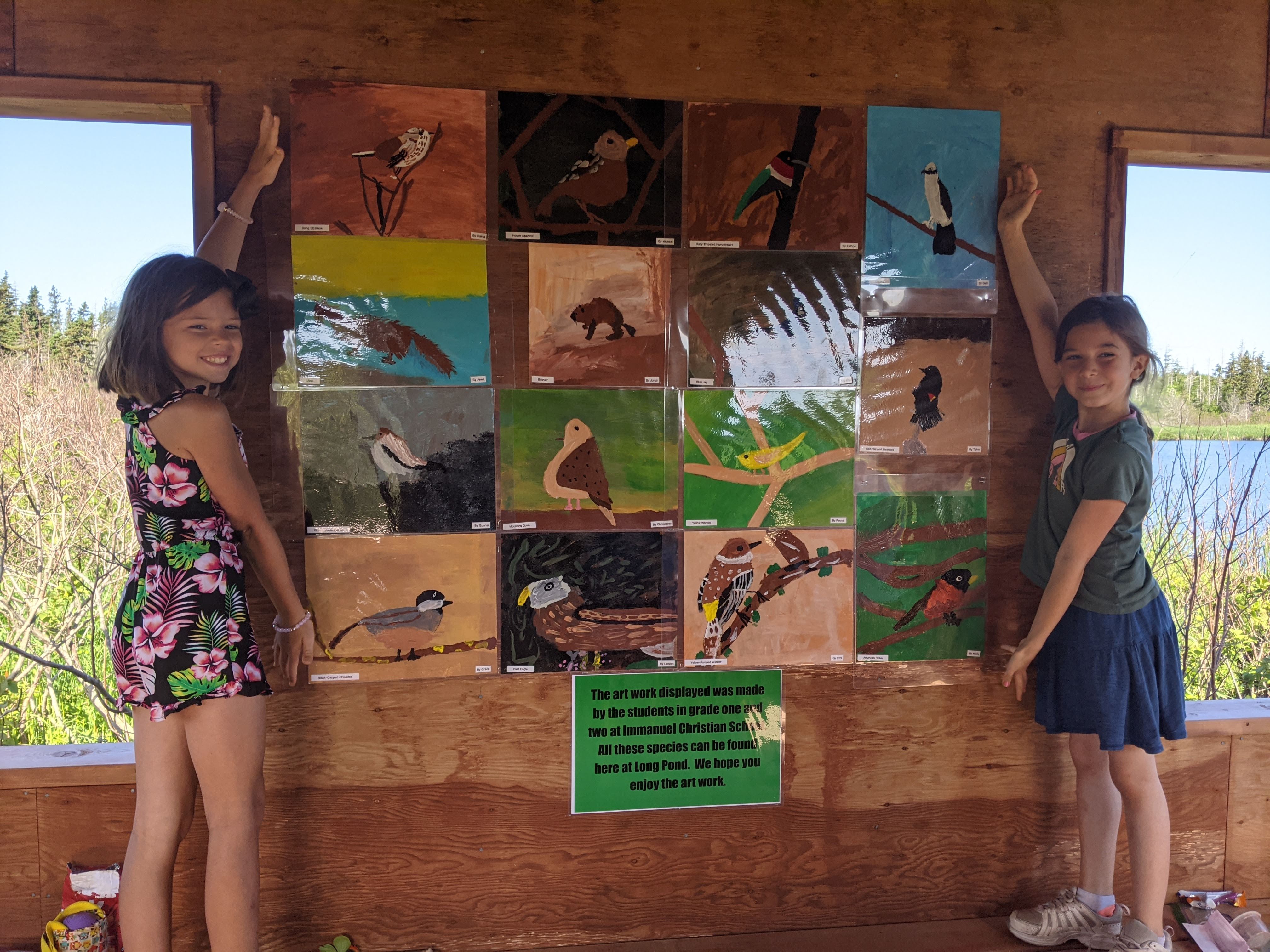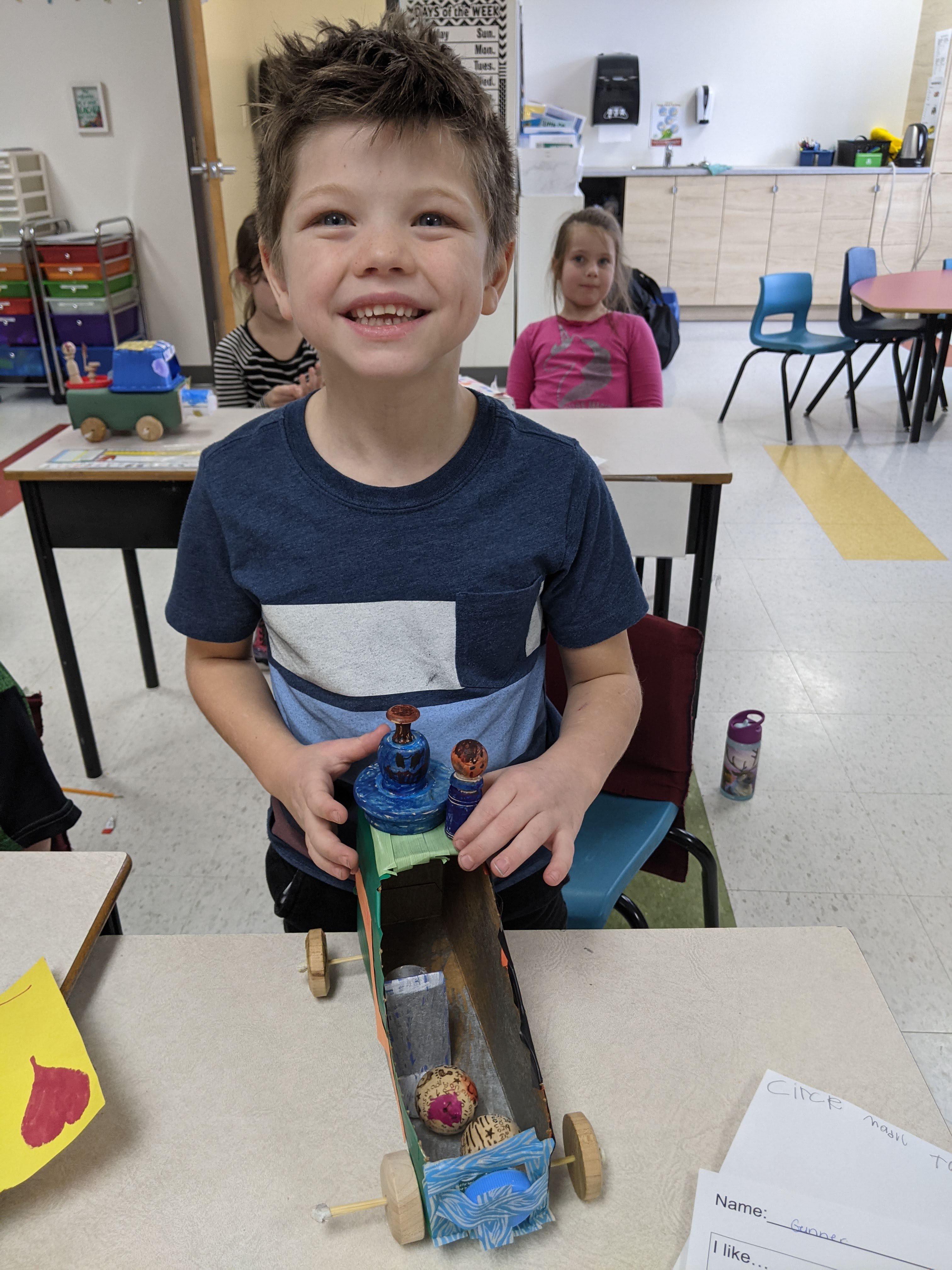PBL and Learning Goals



Have you ever wondered if making and stating learning goals in the classroom is a worthwhile endeavour? Learning goals are brief statements about what the students are learning. As the teacher, I know what the learning goals are and what I am working towards wanting my students to learn. I’ve been wondering though, do the students know what they are learning? If not, is it important that they know?
With teaching younger students, I did not always name what they were learning. I assumed that if I knew, that was enough. After all, I was the teacher with the knowledge and they simply had to learn what I was teaching. I used to think that the students didn’t really need to know what they were learning; they just needed to learn what I was teaching. However, after doing a special education course, some reading and my PBL training, I have learned that it is important for students (even the younger ones) to know their learning goals. Learning goals help the students to know what they are learning and students like to know this. It can help ease anxious feelings and help them feel more comfortable in the classroom. When students know what to expect, they feel more confident and at ease in the classroom. Also, knowing the learning goals encourages students to think more about their learning and helps them to focus on what is actually being taught. . I also believe that sharing the learning goals also instills this idea of “teamwork” in the classroom, that we are all in this together and these goals are what we are working towards.
Now the great thing PBL is that naming these learning goals is one of our steps in the project. Students are asked to name all the things they need to know to answer the driving question. So with PBL, students are naming all the things they need to know to answer this question which gives the students a sense of ownership and voice in the project. It also helps keep focus on what we are learning for both the teacher and the students. I love to post these on our bulletin board and as we are learning, we can check them off. I have found this is very engaging for the students because these are their words and they like to read them, remember what we’ve learned and see what still needs to be learned.
Here is an example of my class’ NEED TO KNOWS (Learning Goals) for our project on “Matter”. The driving question was: “How can we use matter to create something that matters?”

Learning goals are important to name. I think that naming them and being clear to the class about what they are learning gives the students a sense of owning their learning, helps them feel comfortable and helps create a more focused approach to learning.

